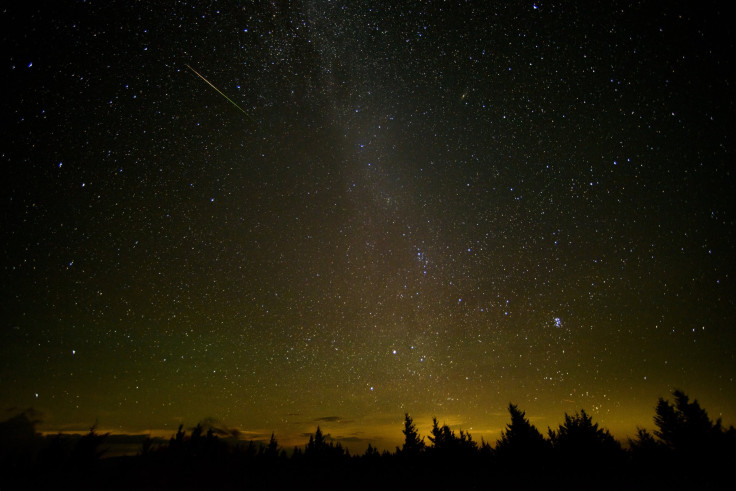End Of The World? An Asteroid That Could Do Damage Grazed Planet Earth

As people slept peacefully in their beds Monday morning, an asteroid narrowly missed the Earth at around 7:47 a.m. EST.
The moving rock, which was discovered two days prior to the event by University of Arizona's Catalina Sky Survey, flew very close to the planet and was travelling about 10 miles per second.
"This is moving very quickly, very nearby to us," Slooh's astronomer Eric Feldman said in a live broadcast Monday. Slooh is a robotic telescope service with a live feed available for viewers.
Read: Stephen Hawking Puts An Expiry Date On Humanity
The asteroid, dubbed 2017 AG13, flew by Earth at half the distance from Earth to the moon, which is 238,900 miles, and was reported to be between 36 and 111 feet wide.
The object was similar in size to the asteroid that hit Chelyabinsk in 2013. It had the potential to cause damage if it hit a city or nearby, Planetary Science Institute's Director Dr. Mark Sykes told International Business Times in a phone interview Tuesday.
"Certainly objects that size can cause significant damage if it happens to fall over the city," Sykes said. "Now, most of the earth isn’t a city – we’re mostly ocean and we’ve got a lot of open spaces. But nonetheless, that’s why people are concerned about it."
While most people would find it frightening to know that an asteroid could have hit the planet, dust and sand-sized particles routinely hit the Earth.
"We’re running into stuff all the time – everyday," Sykes said. "But it tends to be smaller. The smaller, the more common."
The odds of an asteroid the size of a car hitting the earth’s atmosphere and burning up before it reaches the surface are around once a year. A meteoroid that would cause substantial damage to Earth would be closer to the size of a football field and happens around every 2,000 years.
An object that would threaten Earth’s civilization has the chances of hitting the planet once every few million years.
Upcoming close approaches to Earth occur regularly, as well. The Near Earth Object Program at NASA has a chart that reveals the object names, approach date, distance, estimated diameter and relative velocity of any potential passing objects.
© Copyright IBTimes 2024. All rights reserved.






















